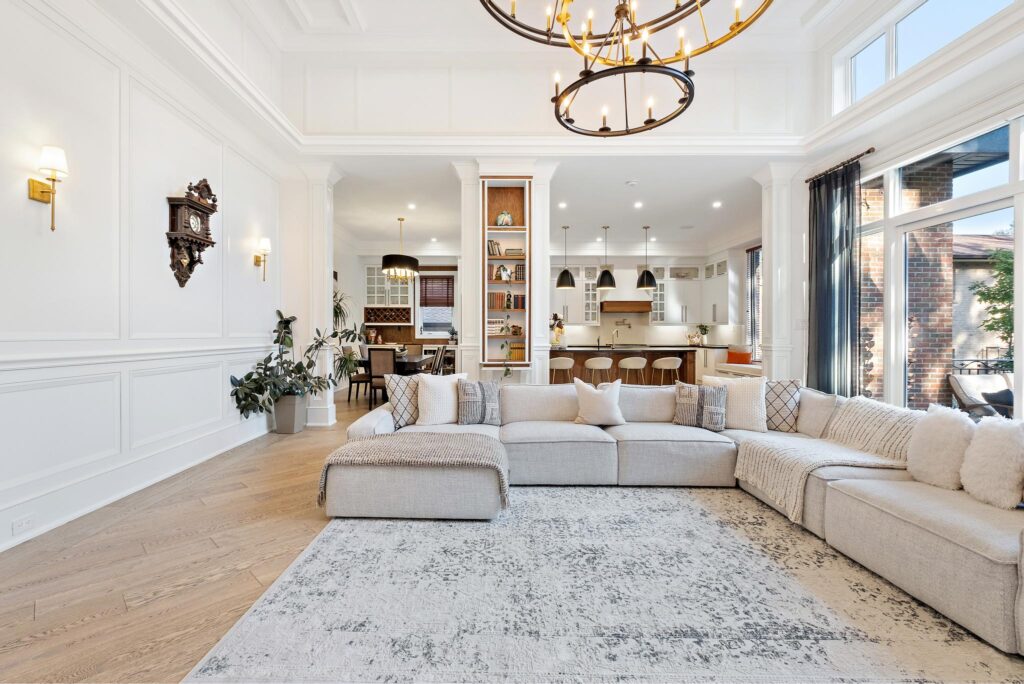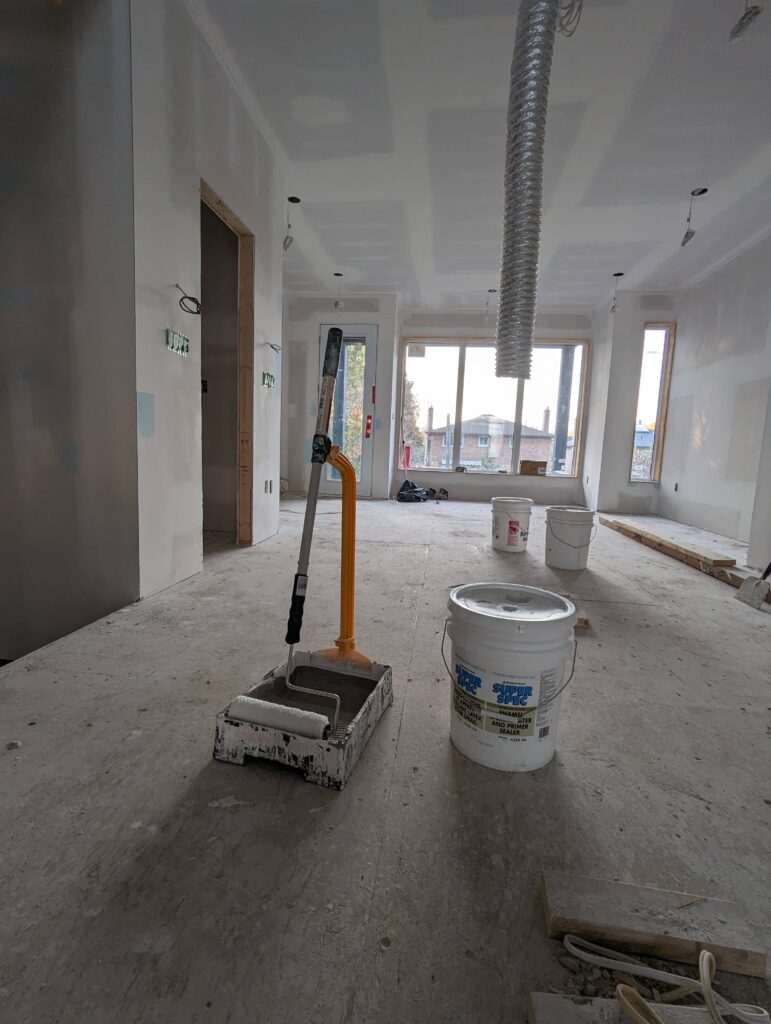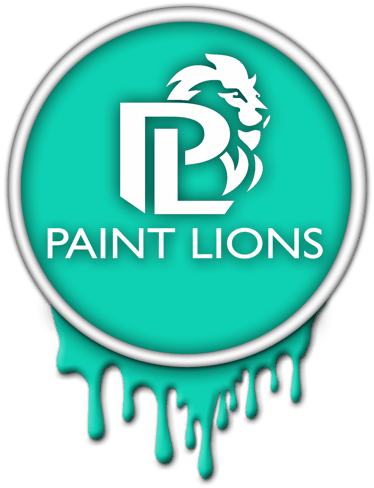Building custom home is huge deal. Every detail matters when your putting that much money into a project. Most builders we work with learned hard way – they hired cheapest house painters they could find, figured “paint is paint,” then dealt with callbacks, complaints, and touch-ups that never matched right.
We specialize in custom home painting for new construction across GTA. Work with homeowners building dream homes and general contractors who need dependable painters that won’t mess up their schedule. Been doing this long enough to know exactly what new builds need – proper surface prep, right products for each application, finishes that actually last more than two years.
Our custom house painters have seen everything. Freshly hung drywall that needs proper priming. Cathedral ceilings that need spraying. Complicated trim work. Doors. Feature walls. High-end finishes that complete the space the way architect intended. We’re not here to slap paint on fast and run to next job. We take time, pay attention to small stuff, make sure your new home looks how it should.
Every new construction project deserves smooth, clean, consistent finish. That’s why we sand between coats (yes, really sand between every coat), use quality brushes and rollers, coordinate with electricians and plumbers so everyone stays out of each others way. Last thing any builder needs is painters holding up entire project because they didn’t plan right.

The Three Stages of Custom Home Painting
Custom home painting isn’t like repainting existing house. Different beast completely. Different timeline, different challenges, way more coordination needed. We don’t just show up day one and start rolling paint on walls. We coordinate with builder, carpenters, tapers etc. Got a system that works, delivers professional results every single time. Here’s how we do it from start to finish:
Drywall Priming
After drywall is taped and finished, we come in for priming. This is first paint that touches your new walls and ceilings.
For ceilings, we spray and backroll primer. Spraying gives even coverage, backrolling works it into surface. Gets everything sealed right. But for walls? We just roll the primer. Don’t need to spray walls. Here’s why – during priming stage, house is still construction zone. Dusty, messy, other trades coming through daily. If we sprayed walls now, all that dust sticks to wet paint. Makes cleanup take forever, looks rough when it dries.
Rolling primer doesn’t kick up dust like spraying does. Way easier to control mess. Plus spraying walls means covering to avoid overspray getting places it shouldn’t. When we spray just ceilings, only need to cover horizontal surfaces like window sills. Way faster, less materials, less hassle.
Tried different methods over the years. This approach is best balance between speed, quality, and keeping place reasonably neat during construction phase.

Initial Painting
When we show up for initial painting, we expect tiles and carpentry done. Ideally flooring’s in, vanities installed, kitchen cabinets up. This way other trades won’t mess up fresh paint after we’re done. Job site needs to be clear of tools, other people, big materials. Should be reasonably clean before we start.
Initial painting has four parts – preparation, spray painting, walls painting, and cleanup.

Paint Touch Ups
After all other trades finish – plumbers hooking up fixtures, electricians installing outlets and switches, countertop installers templating and setting counters – we come back for touch-ups. Fix any damages that happened during their work.
This stage usually takes 1-2 days depending on how many trades came through and how careful they were. Some trades are neat, some aren’t. Always couple dings or marks that need fixing.
We touch up any scuffs on walls, fix scratched trim, repaint any areas that got damaged. If we’re staining stairs in that house, this is perfect time since there won’t be foot traffic anymore and stairs are last thing to get finished.
Final walkthrough happens after touch-ups. We check every room with homeowner or builder, make sure everything’s perfect, answer any questions.

Getting Started
Want quote for custom home painting? We need address, square footage, whether it’s new construction or renovation, and timeline.
We come out, measure, talk through what you want. Give detailed quote
Most projects book 4-8 weeks out, longer during spring and fall. If timeline’s tight, tell us up front. We’ll be honest if we can make it work.
FAQs
Related: Custom Home Painting Gallery

